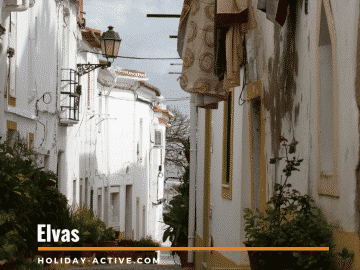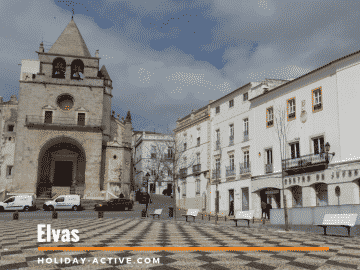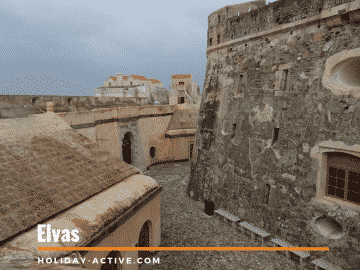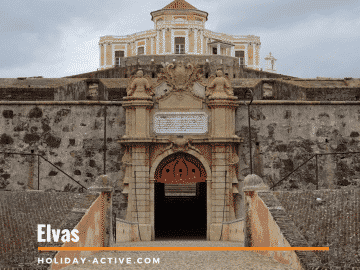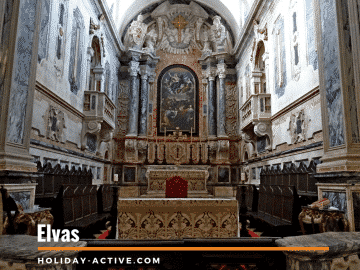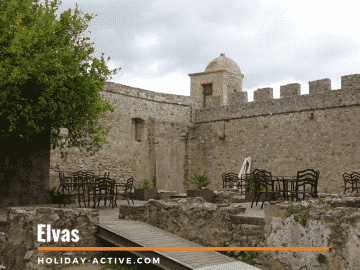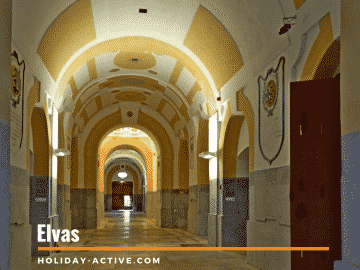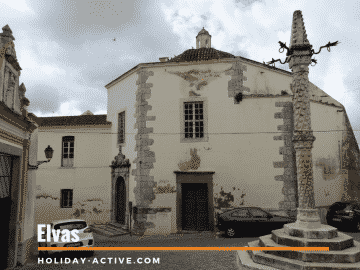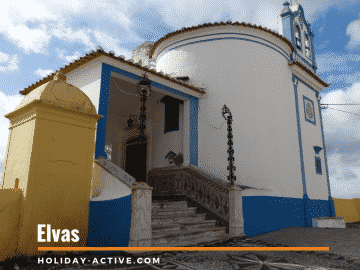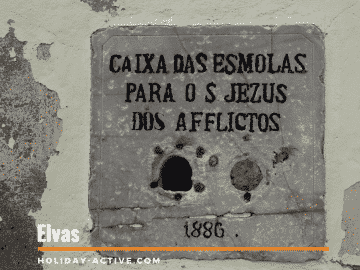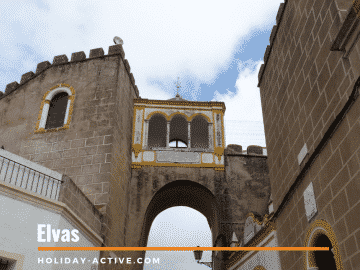Elvas
The Arabs called it “al-Bash” and signs of their passage through Elvas can still be witnessed
In 1166, Elvas was conquered from the Moors by D. Afonso Henriques, reconquered by the Moors and only in 1229, with D. Sancho II does Elvas pass definitively into Portuguese hands.
After the great reformulation of its fortifications, little changed inside these walls. Elvas still retains its whitewashed houses with a yellow or blue border, steep and cobbled streets and multiple churches and monuments, a testimony of its diverse culture and history
Around Elvas you’ll find a flourishing landscape characterized by cork and olive trees, being the production of olive oil, its main economic sustainability.
But what makes Elvas most distinguishable and worth a visit are its fortifications and military strategies enforced that defended Portugal from Spanish invasions in 1658, 1711 and 1801
What to visit in Elvas
The Historic Centre
Elvas: The fortified city
By its strategic location on the main road/ frontier with its neighbouring country, Elvas played a central role in the fights between Spain and Portugal and served as a base to General Wellington, during the Napoleonic Wars, at the beginning of the century. XIX.
Here was built one of the country’s most powerful bulwarked fortresses. Matias de Albuquerque began the adaptation of the old fort, abandoned during the time of the Filipes, into a more militarily effective defensive structure. But it was with the Dutch Jesuit Cosmander (1643) that the walls, with a perimeter of 10 km gained the form of a star, and made Elvas one of the most significant military cities of the world
The fortifications of Elvas are now World Heritage: Constituted by the still partly visible Islamic and medieval walls and by the barriers created by the Dutchman Cosmander, besides the Fort of Santa Luzia (17th century), Fort of Graça (18th century) and three fortresses of the 19th century. – São Mamede, São Pedro and São Domingos.
Church of Nossa Senhora da Assunção
Church of Nossa Senhora da Assunção (Church of Our Lady of the Assumption), former Cathedral of Elvas
The construction of the church, then called Nossa Senhora da Praça, begun in 1517 by the architect Regio Francisco de Arruda, who also worked on the Aqueduct of Amoreira.
A majestic, fortress-like building whose main portal was commissioned by Cardinal D. Henrique and designed by Miguel Arruda, son of Francisco Arruda
In 1570, with the creation of the bishopric of Elvas by Pope Pius V, the church of Nossa Senhora da Praça graduated to the Cathedral of Elvas, dedicated to Our Lady of the Assumption.
It underwent several architectonic alterations. Of note the tiles that cover the church walls, the multicoloured marble chapel and the superb organ located in the high choir
The church continued to function as a Cathedral until 1881 when it lost its episcopal classification as the seat of the bishopric was transferred to Evora, becoming known as Church of Our Lady of the Assumption (Igreja de Nossa Senhora da Assunção)
The Praça da República (Square)
The Praça da República (Square) in the historic centre of Elvas was built during the reign of D Manuel I, as the former square was considered “unworthy” of this settlement, which had been elevated to the category of a city
Here you will find the former Cathedral of Elvas, now the Church of Nossa Senhora da Assunção (Our Lady of the Assumption) and a series of outdoor cafés, much sought after on hot summer nights.
There is also an underground car park that makes it much easier to park your car rather than navigating the narrow streets of the historic centre
The Church of the Dominicans
The Church of the Dominicans, with an octagonal layout, was built between 1543 and 1557, where the old Church of Santa Maria Magdalena, of the Templar Order, formerly stood, accounting for the uncommon layout of this church
The church was part of a convent complex that was demolished at the beginning of the 20th due to its advanced state of ruin.
Of note are the church’s Renaissance door and the exquisite tiles that line the walls, the main chapel and the lateral chapels, in gilded carving.
It is possible to climb to the belvedere and get a great view of the historic city centre of Elva
The Castle of Elvas
The Castle of Elvas was initially an Islamic fortification, rebuilt in the 13th and 14th centuries.
On the hilltop, it commands a view over the vast Alentejo plain as well as the Fort of Santa Luzia and Graça. This denotes the military value of this fortress and the reason why the city of Elvas was the stage of so many historical events
Inside there is a restaurant with an agreeable terrace.
English Cemetery
A landscaped garden containing the four graves of English soldiers who lost their lives during the Peninsular War. Being Anglicans they were not buried in the city’s cemeteries
The Amoreira Aqueduct
The Amoreira Aqueduct, better known as the Elvas Aqueduct, cannot pass unseen even by the most absentminded visitors. With an extension of 7km and 843 arches, the grand Aqueduct is an undeniable symbol of Elvas.
Built by Francisco Arruda, architect of the Torre de Belém, in 1537, to supply water to the city.
For military reasons, a cistern was also built to store water in case of a siege. It is able to supply, in a rational manner, the equivalent of four months of water needs.
The Fortresss
The Fort of Santa Luzia
The building of the Fort of Santa Luzia began in 1641 on account of the Restoration War between Portugal and Spain. It is one of the best and most significant military monuments of this century. Jan Ciermans (João Cosmander) and Gillot were responsible for the blueprint of this fort, assuring its strategic value to the city
The Fort of Nossa Senhora da Graça
The Fort of Nossa Senhora da Graça (Fort of Grace), also known as Fort Conde de Lippe, was part of the defence strategy of the Fort of Elvas, which it complemented.
The Forte da Graça is considered by many as one of the world’s most powerful bulwarked fortresses.
Located on top of the hill where formerly the chapel of Our Lady of Grace, founded by Vasco da Gama’s great grandmother, was erected. This strategic position was chosen for it had been occupied by Spanish troops during the War of the Restoration, a dearly cost to Portugal during the siege to Elvas (1658-1659).
It was built by the Count of Schaumbourg-Lippe in 1763 under the reign of D José I, by request of the Marquis of Pombal. It took 29 years to complete and required 6,000 men and 4,000 animals to build it.
It has an unrivalled power of 144 canons and survived several enemy attacks in subsequent years
In 1856 a correction company was established in the fort and in 1894 a disciplinary deposit was created where several political prisoners were held until 1975
What to taste
Taste the Elvas plums and the Sericaia. A secular conventual desert that combines eggs, milk, sugar and cinnamon. It may be accompanied with Elvas plums dripping in syrup
Personalities related to Elvas
Cosmander
 Portrait of Joannes Cieremans present at the Military Museum at Fort de Santa Luzia in Elvas.
Portrait of Joannes Cieremans present at the Military Museum at Fort de Santa Luzia in Elvas.
Jan Ciermans better known by Cosmander, was one of the most competent military engineers in the art of fortification
He was born on April 7, 1602, in Holland. Educated in a Jesuit College he graduated in philosophy, theology and mathematics and was ordained.
In 1641 he passed through Lisbon on his way to the east to serve as a missionary.
On a visit to the court, he impressed King João IV, with his mathematical knowledge and military engineering, and was hired by the latter to fill the position of Colonel of Engineers of the Portuguese Army
This is the period of the Restoration War with the constant imminence of a Spanish invasion. As such it was of the utmost primacy to adapt and strengthen the existing fortresses. Much of the art of modern fortification was already in the hands of foreigners like Charles Lassart and the fact that Cosmander had previous connections with the Spaniards did not dissuade the King.
The Dutch military engineering techniques applied by Cosmander are evident in the Alentejo fortifications of Estremoz, Vila Viçosa, Olivença, Elvas, Campo Maior and Castelo de Vide.
In 1647, Cosmander was captured by the Spanish army and after a year and a half of captivity, he freely decided to switch to the Spanish cause, being part of the military forces that surrounded Olivença, a Portuguese fortress he knew well, in 1648. An act that would cost him his life
Elvas is about 200km from Lisbon. Access is good and in about 2h30 you will arrive, by car, at your destination. It is a very pleasant drive so make it a day or more of it and visit the nearby places. You won’t be disappointed.
For more information on driving in Portugal, here
For directions on how to get there, check below
Your perfect accommodation in Elvas
Where to Stay in Elvas? Our Suggestions
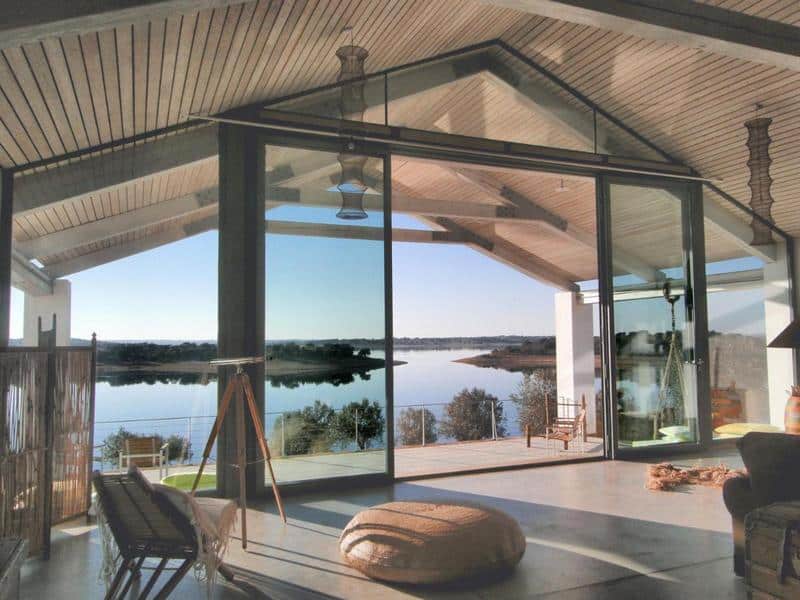
Casa da Ermida de Santa Catarina
Located on the banks of the Caia reservoir, it comprises six double rooms rented individually and a huge suite on the top floor. The shared living room has a glass wall, and doors open onto a furnished porch with stunning lake views.
Olive trees surround the House, and there are inviting waterside beds. Ideal for hiking or kayaking and delicious picnics on one of the islands
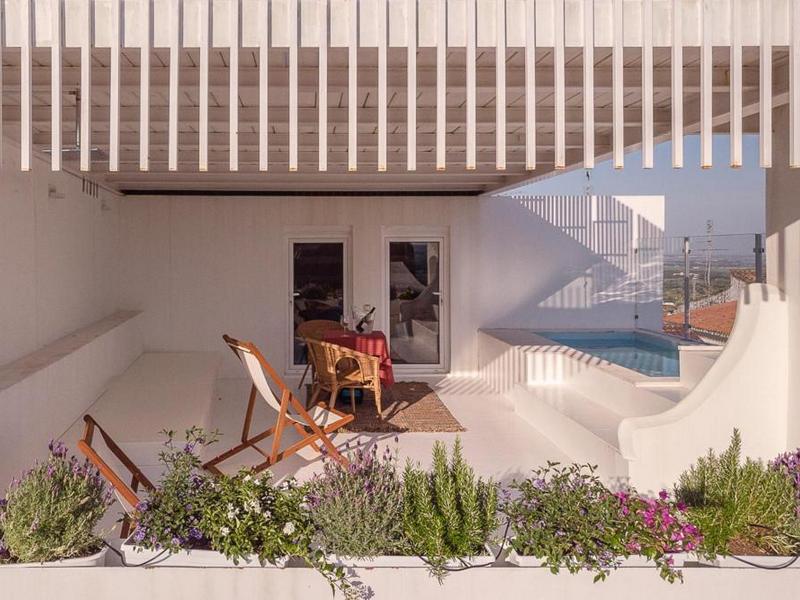
Casa d’Olivença
Located in the city’s historic centre, this accommodation offers spacious en suite rooms, several cosy living areas, a swimming pool, and a lovely terrace.
No pets allowed
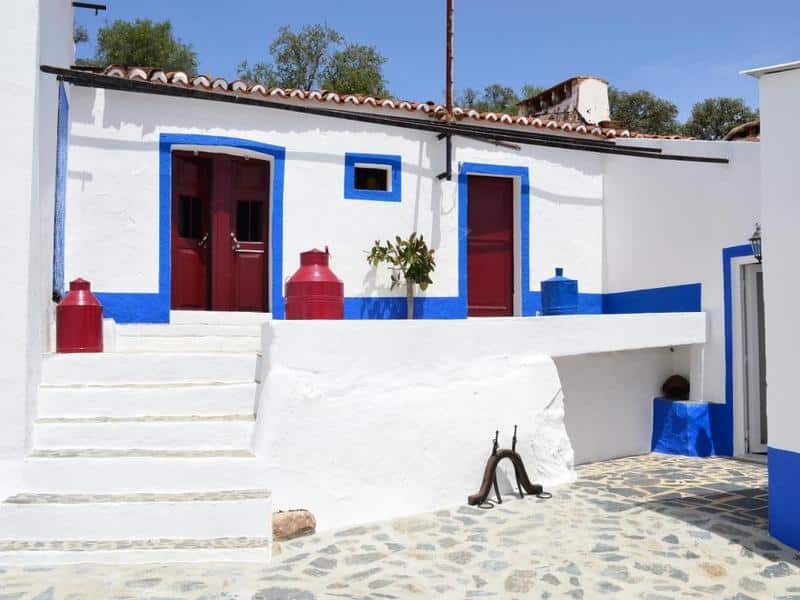
Casa do Forte
Units include a patio, a private bathroom, a swimming pool, and a delicious Alentejo food restaurant.
Pets allowed

Travassos 11
Centrally located, Travassos 11 is a restored 18th-century palace with spacious rooms, a sun terrace and a swimming pool. It preserves the memory of its roots in the tiles, in the ceilings, in the wooden shutters, and the ground floor’s decoration, while the upper floor takes on a more contemporary flair.
What to visit in Elvas, the fortified city

 English
English

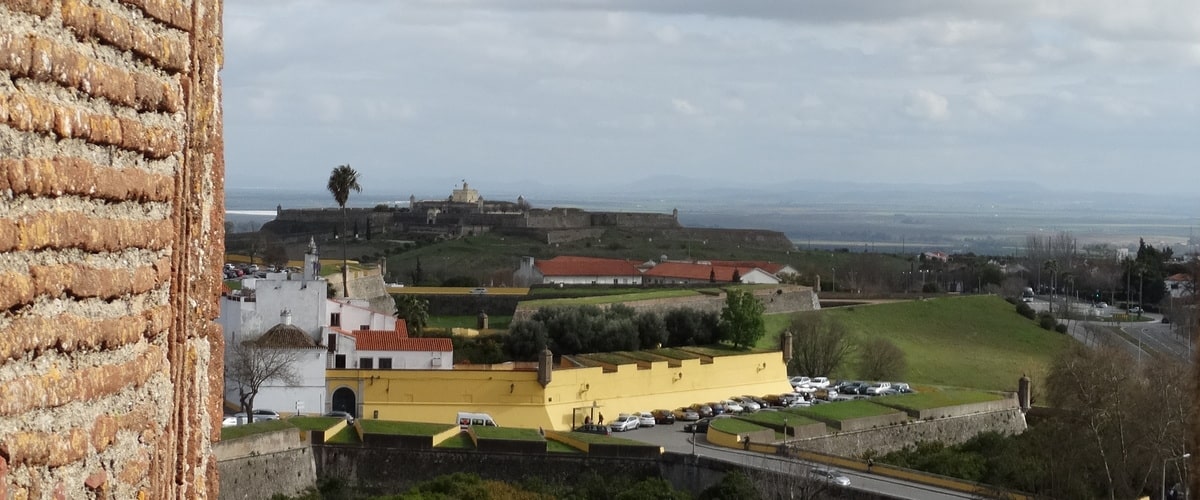


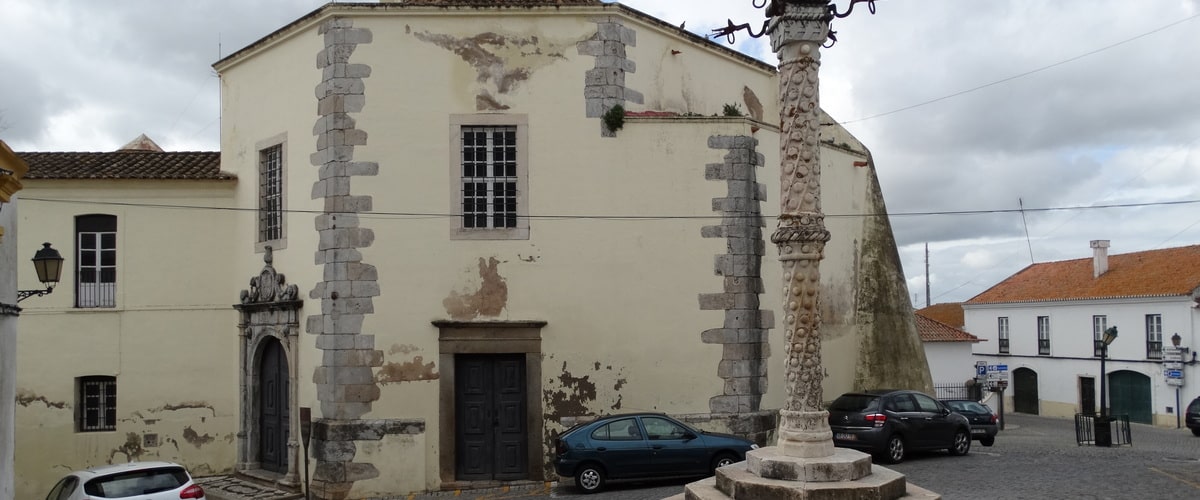


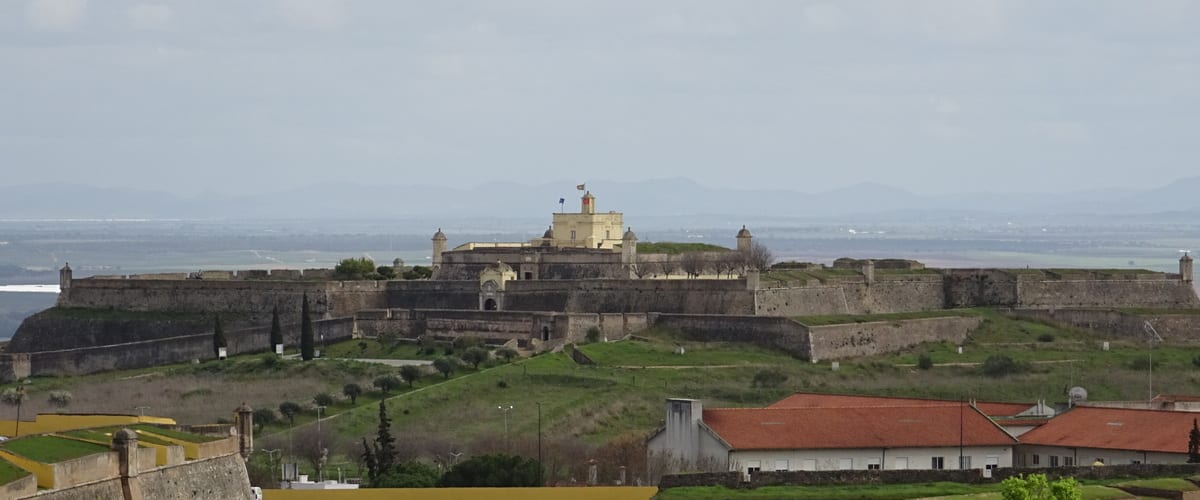
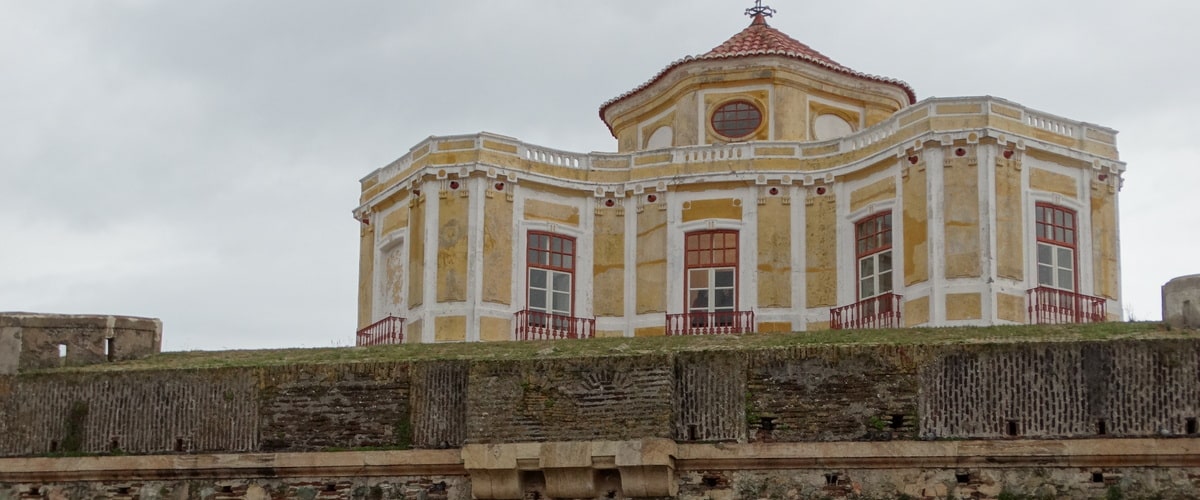
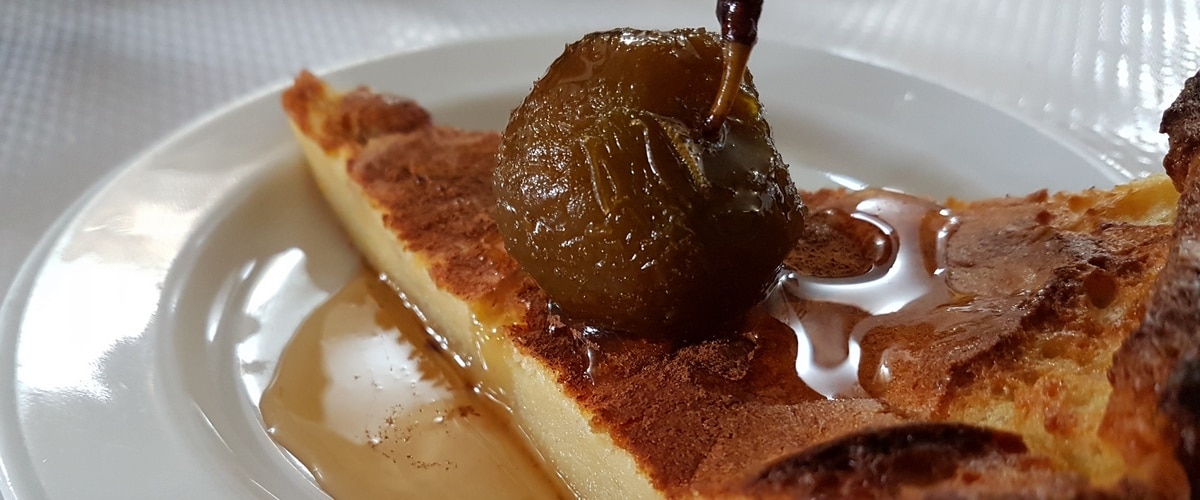
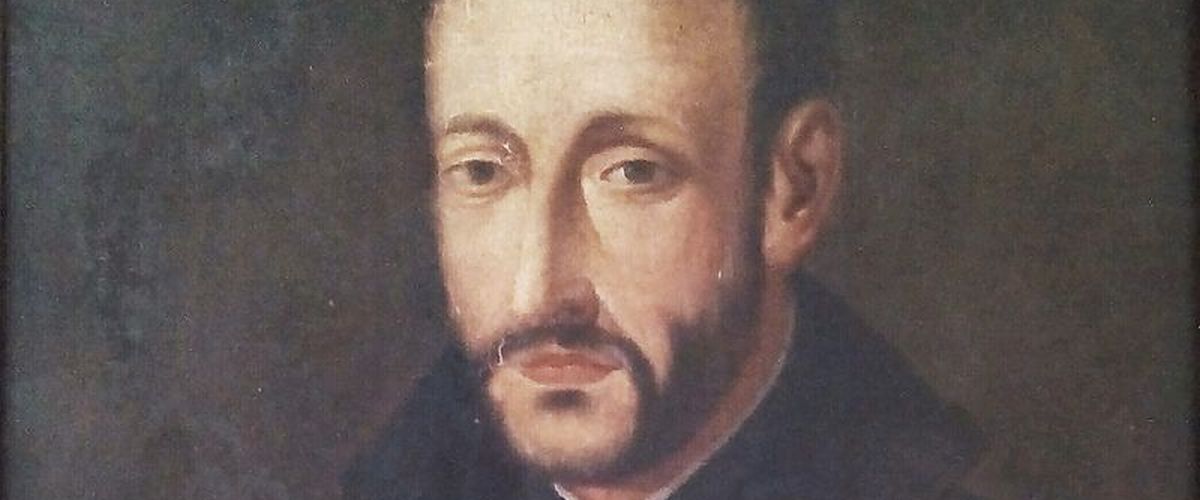 Portrait of Joannes Cieremans present at the Military Museum at Fort de Santa Luzia in Elvas.
Portrait of Joannes Cieremans present at the Military Museum at Fort de Santa Luzia in Elvas.